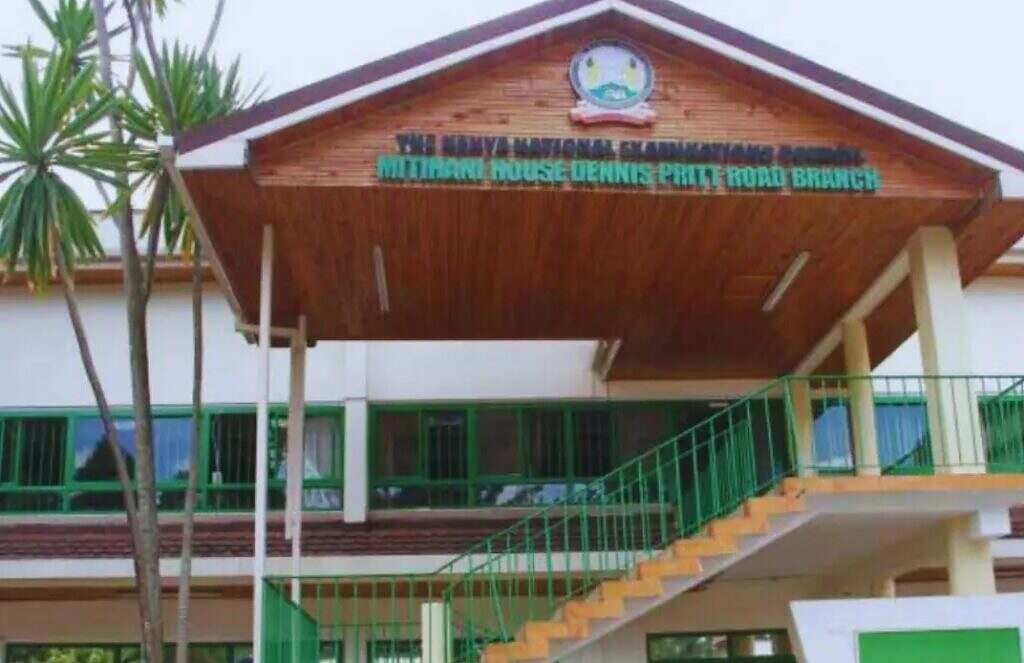
After weeks of anticipation, the Kenya Certificate of Secondary Education (KCSE) 2024 results have finally been released today, January 9, 2025. However, the release was delayed due to unexpected challenges during the marking process. Examiners revealed that errors in students’ codes and identifiers caused confusion, leading to incorrect allocation of marks. This oversight necessitated a thorough review, prolonging the wait for candidates, parents, and schools across the country.
What Happened During Marking?
The KCSE marking process faced complications when some examiners encountered difficulties with students’ codes and identifiers. These codes, unique to each candidate, are essential for matching answer scripts with the correct student profiles. However, instances of mismatched or unclear codes led to:
- Incorrect Mark Allocation: Some candidates were mistakenly awarded marks intended for others, creating discrepancies in results.
- Rechecking and Verification: To ensure accuracy and fairness, the Kenya National Examinations Council (KNEC) initiated a comprehensive review of all affected scripts.
- Extended Timelines: The additional time required to correct these errors delayed the finalization and release of results.
Why Accuracy Matters
The KCSE is a high-stakes examination that determines students’ academic and career trajectories. Errors in marking or result compilation could have far-reaching consequences, including:
- Misallocation of university slots and scholarships.
- Loss of trust in the examination system.
- Unfair advantages or disadvantages to candidates.
To maintain the integrity of the examination process, KNEC prioritized accuracy over speed, ensuring that all errors were corrected before releasing the results.
The Impact on Candidates and Stakeholders
The delay caused anxiety among the 2024 KCSE candidates and their families. Traditionally, KCSE results are released in late December or early January, providing ample time for university and college applications. However, the delay disrupted:
- Planning: Candidates were left in limbo, unable to finalize post-secondary education plans.
- Institutional Processes: Universities and colleges faced potential delays in admissions and placements.
- Public Confidence: The prolonged wait raised questions about the efficiency of KNEC’s processes.
Lessons for the Future
This incident highlights the importance of robust examination management systems. To avoid similar challenges in the future, KNEC and the Ministry of Education can consider:
- Enhanced Training: Providing examiners with comprehensive training on handling student identifiers and codes.
- Improved Systems: Investing in technology to automate the matching of student codes with answer scripts, minimizing human error.
- Pilot Testing: Running trial exams to identify potential issues before the main examinations.
- Clear Guidelines: Issuing strict instructions to candidates on how to correctly fill in their codes during exams.
Moving Forward
While the delay caused frustration, the decision to prioritize accuracy was a necessary step to uphold the integrity of the KCSE. As the results are finally released, candidates can now focus on their next steps, including university applications, TVET enrollment, or career planning.
At Mwalimu Sasa, we encourage all stakeholders to view this experience as an opportunity for improvement in Kenya’s education system. Stay tuned for detailed analysis, top-performing schools, and guidance on navigating the post-KCSE journey.
Congratulations to all the 2024 candidates for reaching this milestone!





